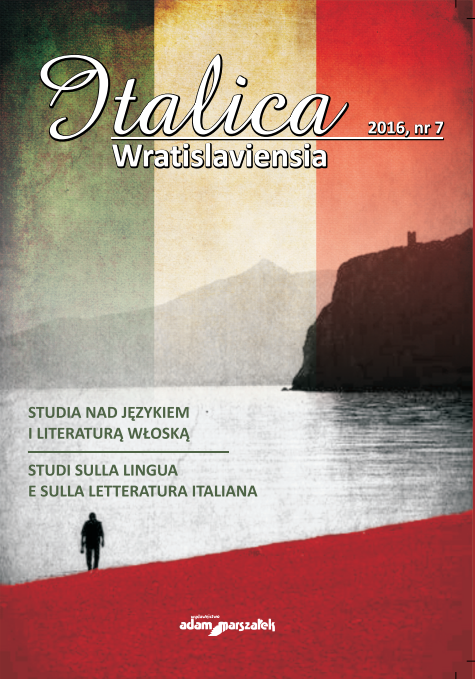Indagine sociolinguistica per la pianificazione dell’insegnamento di italiano L2 nella scuola secondaria. Uno studio di caso
Sociolinguistic Enquiry on Migrants in the Teaching of L2 Italian in Secondary School. A Case Study
Author(s): Monica MoscaSubject(s): Language and Literature Studies, Studies of Literature
Published by: Wydawnictwo Adam Marszałek
Keywords: sociolinguistics; migration; integration policies; Italian L2 language teaching
Summary/Abstract: The flow of migrants towards Italy in these past decades has raised the problem regarding the absorption and integration of newcomers in the new society and the labour market; this problem has become more severe in this last period. Learning the language and the foundations of the social and political structures of the receiving community is the best way to establish the necessary competence for integration. As the presence of foreigners in Italy stabilises, education has become more complex, as it must be oriented not only towards newcomer students, but also towards those who were born in Italy in foreign families who speak their own mother tongue at home but are also highly competent in Italian. This situation gives rise to diverse individual profiles according to the different balance of the linguistic varieties in these students’ inventory.This article aims to show that an inspection carried according to the sociolinguistic methodology can bring forth valuable data for educational as well as territorial planning and for the definition of policies for integration. The article will present general data on the Italian situation compared to the European one in general in order to define the phenomenon. Then a specific study will be presented based on research conducted in the Scuola Cavour in Alessandria (PISU project – POR FESR 2014/2010), where there are classes in which foreigners and second-generation Italians (G2s) are numerous. A sociolinguistic questionnaire has been collected from students between the ages of 11 and 13 years old; the aim is to assess not only the students’ competences tout court, but also the social spaces where their different languages are used, their main difficulties, and their ambitions. The statistical data are presented and discussed in order to point out the different profiles; they reveal how complex it is to create a linguistic education that moves towards aware citizenship. Practically, the data also provide an important indication on the composition of the classroom and on the educational practices to adopt.
Journal: Italica Wratislaviensia
- Issue Year: 7/2016
- Issue No: 1
- Page Range: 211-229
- Page Count: 19
- Language: Italian

